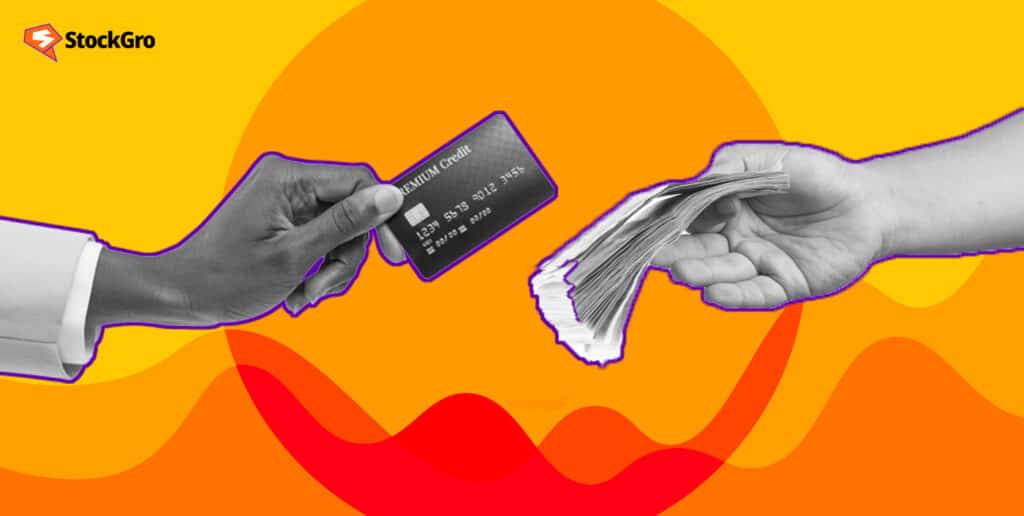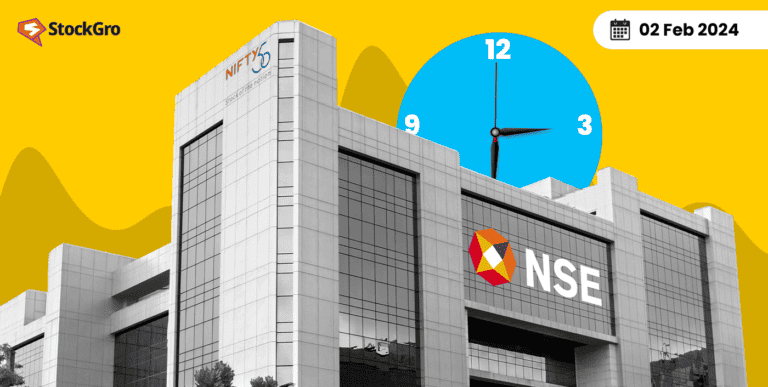
Debt can feel like a heavy weight on your shoulders that takes away your mental peace. However, it is possible to lighten this weight by incorporating certain debt reduction techniques. You will be surprised to know that household debt in India was 441 billion USD. dollars in the year 2022.
While there are no advanced strategies for paying off debt that act as a one-size-fits-all solution, learning the top strategies can benefit you in picking the best one for you. The ideal strategy is dependent on the amount of debt, the nature of the debt and the current financial situation.
In this article, we will introduce you to advanced debt repayment methods together with giving you debt-free journey tips on overall management.
Strategies to pay off debt
Here are the three proven smart debt management strategies that prove effective in most cases for paying off debt faster. These include:
- Debt consolidation
The primary option available for individuals who are troubled by large sums of debt is consolidation. As the name suggests, this strategy consolidates several small debts into one large debt that can be paid as a monthly payment, often with a lesser interest. The consolidation can be done via a debt consolidation loan or a balance transfer credit card.
Debt consolidation strategies are best suited for individuals who have several small debts at high interest rates and are facing difficulty in management. They can apply for a consolidation loan if their credit score is good and manage their debt at a relatively low interest percentage.
For example, let’s assume an individual has a debt status as follows:
Credit card A: INR 50,000 at 18% interest
Credit card B: INR 50,000 at 20% interest
Personal Loan: INR 1,00,000 at 15% interest
Car Loan: INR 3,00,000 at 12% interest
If a financial institution approves, the debt can be consolidated as INR 5,00,000 at 10% for a period of let’s say 5 years.
Also read: Systematic Withdrawal Plan: A smart way to invest in mutual funds
- Debt snowball strategy
The next strategy commonly used by individuals burdened by debt is the debt snowball strategy. It works by focusing on paying off the debts with the smallest amount first and then accumulating the saved interest money towards gradually paying the next smallest debt.
This strategy works by paying only the minimum due balance for all debts each month and then using the surplus money gained from low monthly payments to pay off the smallest debt.
Once that debt is wiped out, the money saved from this debt interest and payment will then be used to pay the next smallest debt amount. Moving upwards in this way will eventually pay off all the debts.
The debt snowball method is best suited for people who operate on a low motivation level. Beginning by paying off the smallest debts will motivate the individual with visible results sooner. However, you must keep in mind that it might cost more in terms of the overall interest expense.
For example, let’s assume your debt condition is as follows:
Credit Card Debt: INR 20,000 at 18% interest
Personal Loan: INR 40,000 at 12% interest
Student Loan: INR 30,000 at 15% interest
Under this strategy, the credit card loan would be paid first and the personal loan the last with an aim to create a motivational snowball effect. In the long run, it helps you with financial freedom from debt.
- Debt Avalanche Strategy
Lastly, we have the debt avalanche strategy which works in a manner opposite of the snowball strategy. It aims to pay the debts with the highest interest first and then gradually moves to debts with lower interest rates.
It works by making minimal monthly payments for all debts and saving the surplus amount for payment towards the highest interest rate debt. Gradually, when this debt is written off, the expenses will be transferred to other debts with the next highest interest rate.
It is an effective debt repayment plan best suited for people who have debts with very high interest rates. Following this debt elimination strategy will help individuals save some interest expense. However, keep in mind that the results from this strategy will take time to display as against the debt snowball strategy.
For example, let’s assume the same debt amount and percentages as the snowball method:
Credit Card Debt: INR 20,000 at 18% interest
Personal Loan: INR 40,000 at 12% interest
Student Loan: INR 30,000 at 15% interest
According to this debt management strategy, you will pay the credit card debt first since it has the highest interest rate and the personal loan last.
Tips on paying off debts faster
With the above strategies in mind, let us also look at some general tips you can make a note of to seek freedom from debt faster.
Create a budget
An important step towards accelerated debt payoff is planning. Plan your present and future finances well to save maximum interest expense and speed up the debt pay-off process.
Cut down unnecessary expense
The first thing to remember when in a situation of burdening debts is that every penny saved will help you cut down on your burden. Analyse your fixed and variable expenses and find expenses that can be trimmed, such as an unused subscription.
Engage in a side hustle
While saving money, you must have your eye open for extra sources of income. Engage in a side hustle that helps you take care of your everyday expenses to take off the load a little and pay off debt faster with creative debt payoff solutions.
Seek advice from a credit counsellor
Managing accumulated debt can be difficult, especially if you do not have an objective approach towards it. This is where advice from experts in the matter can help with personal finance and debt strategies.
Also Read: Elevate your budget game: Mindful spending for the ultimate balance
Conclusion
Depending on the type of debt and your financial condition, you can pick advanced debt elimination strategies for paying off debt. Further, to add to these debt reduction tactics or strategies for eliminating debt, you can follow the tips mentioned to come out of their situations faster than expected.
While the strategies aim at providing solutions, you should evaluate your preferences before making a choice. To learn more about financial planning, subscribe to StockGro.

